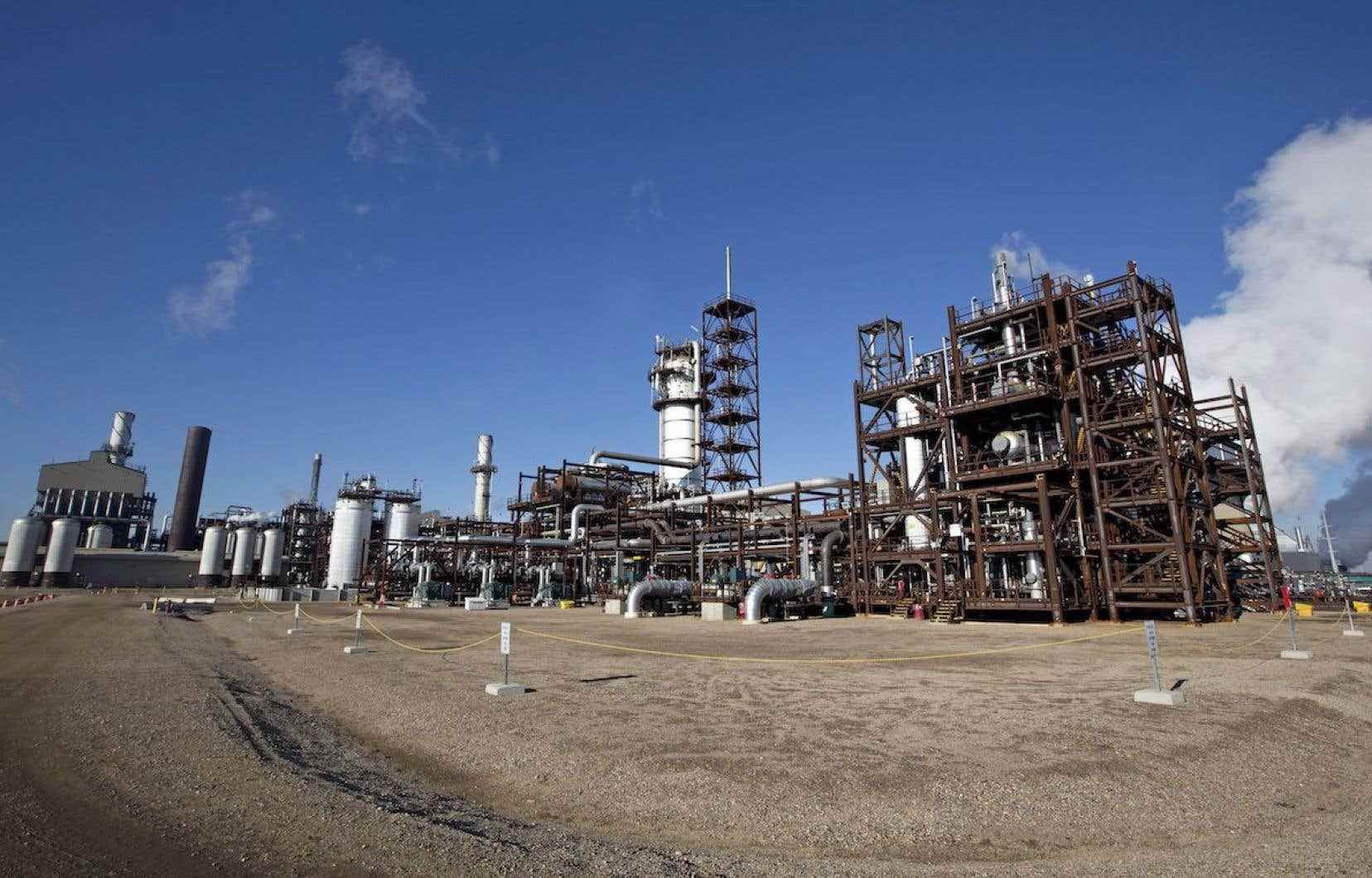This text is taken from the Courrier de la Planète of September 13. To subscribe, Click here.
Industrial carbon sequestration is discreetly making its way into the Quebec election campaign. While the government of François Legault had shown an interest in burying CO2 at the start of the year, it is the turn of the Parti Québécois (PQ) to consider carbon capture.
The independence party’s platform mentions that “carbon capture, use and storage (CUSC) technology can be an interesting tool to reduce emissions in certain” industrial sectors. In particular, it suggests the imposition of this technology on new factories.
“It’s worth exploring these options, but not making a risky bet for the future,” explains in an interview Jeanne Robin, candidate in Taschereau and participant in the development of the environmental program of the PQ. The party wishes above all to stimulate research in this sector, she specifies.
According to the analysis commissioned by the party of Pierre Saint-Paul Plamondon from an outside firm, these technologies could subtract approximately 2 million tonnes of CO2 from Quebec’s balance sheet, relative to a total reduction objective of 40 million tonnes by the horizon. 2030.
Carbon capture, use and storage (CCUS) involves capturing emissions from factories or industrial processes. The carbon can then be stored in underground geological formations — in the hope that it will never come out — or used to make products, like synthetic fuels.
“The aim of carbon sequestration would really be to offset emissions that are incompressible,” argues Ms. Robin. She gives the example of agriculture and the fertilizer industry: even if practices are improved, some of the GHG emissions linked to this sector are unavoidable.
The CUSC is a set of controversial technologies, which are still experimental for now. Many observers fear that the use of the CUSC will serve as an excuse for the fossil industries to continue their activities longer.
However, the majority of the economic-climatic scenarios making it possible to contain global warming at 2°C require “considerable” recourse to the CUSC, warned the Intergovernmental Panel on Climate Change (IPCC) last spring.
Debate in the United States
The outgoing government of the Coalition avenir Québec (CAQ) also places hope in carbon capture and burial. It gives itself the possibility of authorizing “pilot projects” in old hydrocarbon wells to see if it would be possible to sequester carbon there.
The debate over the CUSC is also raging in the United States. The Senate there recently passed the Inflation Reduction Act, which provides tens of millions of dollars for carbon capture projects.
The organization Earthjustice – opposed to these subsidies – took the opportunity to recall that of the 12 current capture projects in the United States, all but one are used for “enhanced oil recovery”. This method consists in injecting the carbon captured in the air into the ground in order to make oil gush out of it.
If Québec solidaire, the Liberal Party and the CAQ do not mention carbon capture in their electoral platform, the Conservative Party makes a quick reference to it. He wants to take advantage of “carbon capture” to make the environment one of the “engines of our economic development”.
